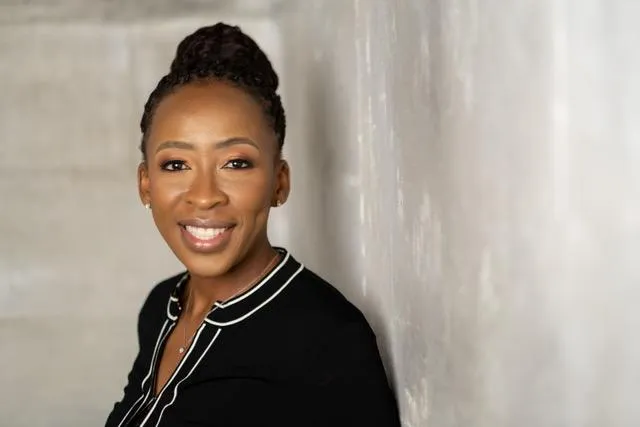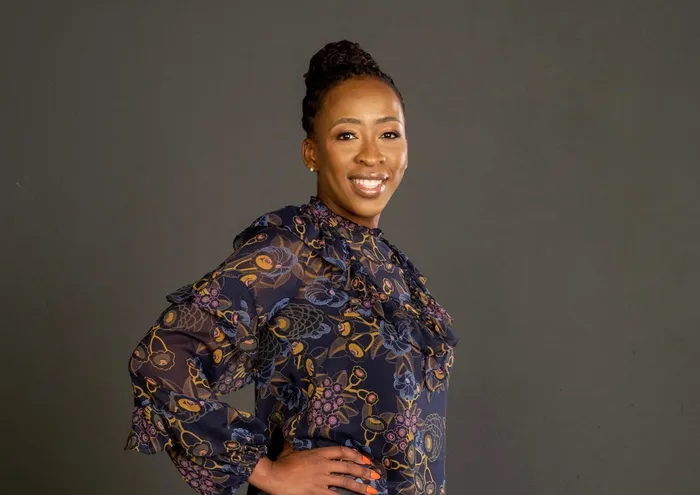South Africa’s vaping industry takes the lead on youth protection

Vapour Products Association of South Africa, CEO, Asanda Gcoyi
Image: Supplied
As with any emerging category of products, vaping has sparked significant public concern about its effects on society and the environment. Chief amongst these is youth access to vapour products.
In South Africa, where the nascent sector is still growing, how can the vaping industry balance the need to provide adult smokers with transitional less harmful alternatives, while still preventing youth from accessing these products?
Youth access and unethical marketing: a regulatory challenge
Youth-targeted advertising and easy access to vapour products remain critical threats to public health. The question is whether the industry itself can take meaningful steps to prevent such exposure and restrict access effectively.
At VPASA, we have taken a firm stance against youth-targeted advertising by requiring all our members to strictly adhere to a comprehensive Code of Conduct that forbids marketing that appeals to young people.
Long before youth vaping infiltrated the evolving lexicon of tobacco prevention, we introduced our annual Youth Access Prevention (YAP) campaign, which aims to safeguard young people from vaping through member and stakeholder collaboration that promotes responsible marketing, advertising and packaging of vapour products.
However, recognising that we as an industry association don’t have control over the whole industry and that rogue elements can flout these standards, VPASA has been instrumental in advocating for the creation of the Advertising Regulatory Board (ARB) Vaping Code.
This voluntary, self-regulatory framework empowers independent oversight of advertising practices, particularly on social media platforms where youth-targeted content can easily proliferate. The ARB Vaping Code has become a cornerstone in the industry’s fight against unethical advertising, setting clear boundaries and enabling swift action against violations.
This initiative underscores the importance of industry-led regulation complementing government efforts to protect young people.

VPASA’s measures for compliance and enforcement
Beyond advocating for policies that protect South African youth, VPASA has introduced rigorous enforcement mechanisms for our members.
Our nationwide mystery shopper programme, comprising real-world monitoring where trained evaluators test retailer compliance with age restrictions, allows us to identify gaps and hold our members accountable.
Inspired by the success of the UK’s Challenge25 programme that guides retailers on how to request valid identification from anyone who appears to be under the age of 25 years old and creates a buffer zone above the legal age of 18, we also introduced our own Challenge25.
The approach has proven effective in reducing underage sales and is supported by comprehensive resources to identify proxy purchasing, a subtle yet significant challenge where adults buy on behalf of minors, and conflict resolution. It has since become a cornerstone of VPASA’s age verification strategy.
By adopting a proactive stance on emerging threats with a combination of mystery shoppers and best-practice guidance, we have equipped retailers with the tools and accountability needed to enforce age restrictions consistently and responsibly.
Addressing emerging threats
While physical retail environments can be controlled through monitoring and staff training, online sales have presented a more complex challenge. The rise of e-commerce and courier deliveries has introduced new vulnerabilities, as age verification at the point of delivery is often inadequate or absent.
Recognising this critical gap early on, we initiated proactive engagements with courier companies and fast-moving consumer goods (FMCG) stakeholders to develop and implement age verification protocols during delivery. This includes championing mandatory identity checks upon receipt and exploring technological solutions to verify adult purchasers effectively.
By extending self-regulatory efforts beyond point-of-sale to the entire supply chain, VPASA is addressing one of the most significant emerging risks to youth access prevention.
A model of responsible industry self-regulation
Our approach illustrates how, when implemented carefully and transparently, industry self-regulation can serve as a powerful tool in protecting youth from accessing vapour products.
By combining internal codes of conduct, independent advertising oversight, comprehensive guidance for retailers, and external stakeholder engagement, VPASA intends to set a high standard for responsible industry conduct. This model balances the dual objectives of preventing youth uptake while maintaining adult smokers’ access to less-harmful alternatives.
And, let me be clear: this balance is essential for public health progress. This is why we call on government regulators, fellow industry players, civil society, parents, educators, and the media to support and amplify these efforts.
Preventing youth vaping is not the responsibility of the industry alone. However, through our efforts, we aim to create a foundation for collaboration that will assist in closing the remaining gaps and ensuring that youth protection measures are effective and sustainable.
Together, we can safeguard South Africa’s youth while supporting adult smokers in making better choices for their health.
* Asanda Gcoyi is the CEO of the Vapour Products Association of South Africa.
** The views expressed here do not reflect those of Independent Media and IOL.